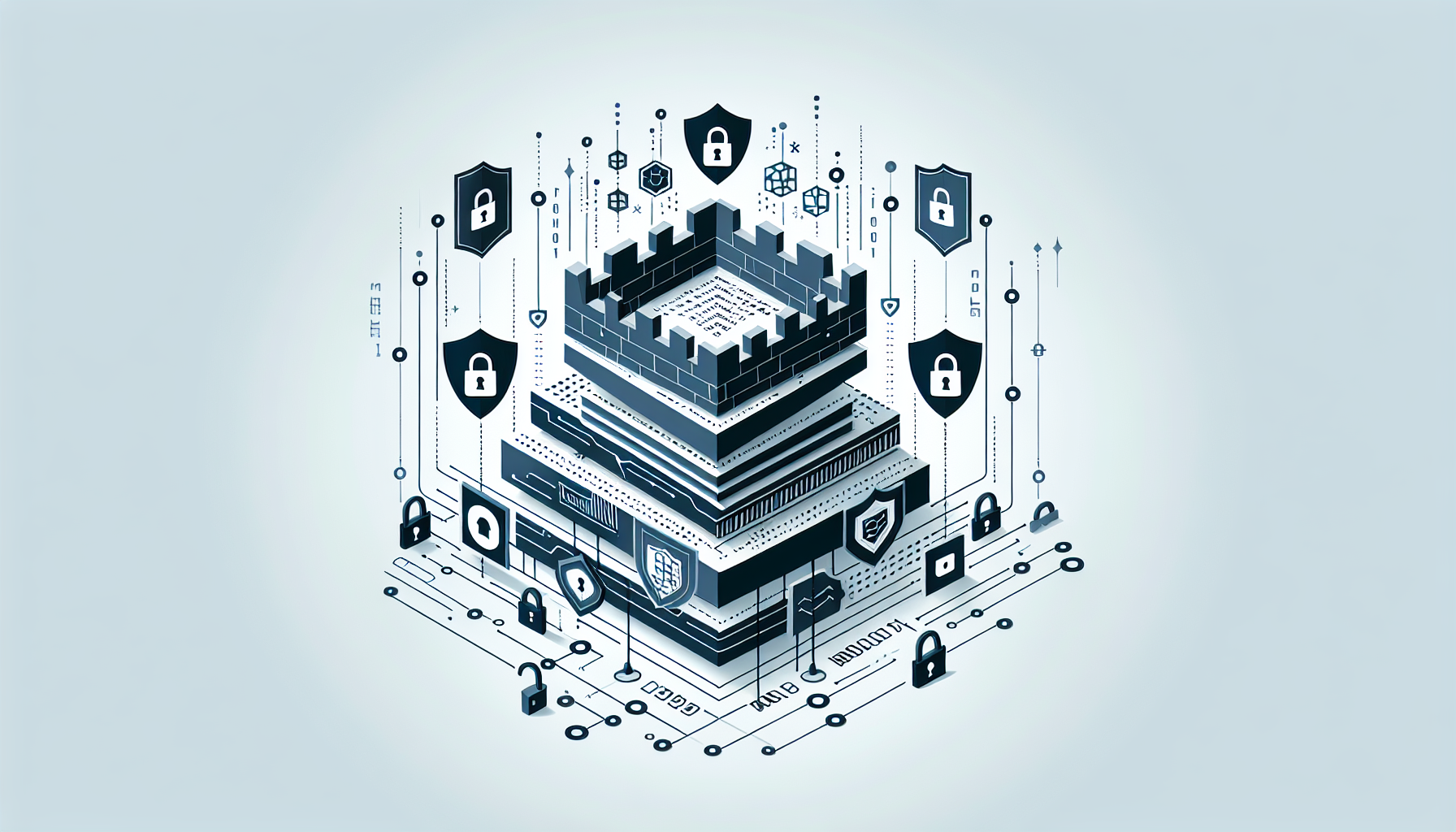Multi-Factor Authentication: Adding Layers of Security
Understanding Multi-Factor Authentication (MFA)
Cybersecurity is all about layers, and a strong, unique password is an essential starting point. However, relying solely on passwords leaves you vulnerable, especially if they are reused or easily guessed. This is where Multi-Factor Authentication (MFA) comes into play. MFA adds an extra layer of security to your accounts by requiring multiple forms of verification.
Types of Authentication Factors
MFA is based on three types of authentication factors:
- Something you know: This could be a password, passphrase, or PIN.
- Something you have: Examples include a USB key, access card, or an authentication app/SMS message.
- Something you are: This involves biometric data such as fingerprints, retina scans, or facial recognition.
By combining two or more of these factors, MFA significantly enhances your security posture. For instance, a common MFA setup might involve entering a password (something you know) and then confirming your identity via a code sent to your phone (something you have).
The Role of MFA in Risk Management
In highly regulated industries, compliance and risk reduction are paramount. MFA helps mitigate risks associated with unauthorized access. For example, even if a password is compromised, an attacker would still need the second form of authentication to gain access. This layered approach is crucial for protecting sensitive information and complying with regulations such as GDPR, HIPAA, and PCI DSS.
Implementing MFA: Best Practices
- Assess Your Needs: Determine which systems and accounts need the most protection. Prioritize enabling MFA for applications containing sensitive or financial information.
- Choose the Right Methods: Select authentication methods that best fit your organization’s needs and user convenience. Combining factors like biometrics and OTP (One-Time Password) can offer robust security.
- Training and Awareness: Ensure that employees are educated on the importance of MFA and how to use it effectively. Regular training sessions can help in maintaining a high level of security awareness.
- Recovery Plans: Have a clear recovery plan for scenarios where authentication factors are lost or compromised. For example, if a USB key is lost, there should be a secure way to regain access.
How Cybermack Can Help
At Cybermack, we specialize in comprehensive security solutions tailored to meet the needs of small businesses, enterprises, and government agencies in highly regulated industries. Our services include:
Managed Security
Our managed security services ensure continuous monitoring and management of your security infrastructure. We implement and manage MFA solutions to ensure that your organization remains compliant and secure.
Penetration Testing
Penetration testing helps identify vulnerabilities in your systems before they can be exploited. By testing your MFA implementations, we can ensure they are robust and effective in protecting against unauthorized access.
Security Assessments
Our security assessments provide a thorough review of your current security posture, including the effectiveness of your MFA solutions. We offer recommendations to enhance your security measures and ensure compliance with industry regulations.
System Hardening
System hardening involves securing your systems by reducing vulnerabilities and minimizing the attack surface. Implementing MFA is a key component of system hardening, adding an essential layer of protection to your critical systems.
Conclusion
Multi-Factor Authentication is a straightforward yet powerful way to enhance your cybersecurity posture. By requiring multiple forms of verification, MFA significantly reduces the risk of unauthorized access. At Cybermack, we are committed to helping organizations implement effective MFA solutions as part of a broader strategy to achieve compliance and reduce risks. Contact us today to learn more about how we can help secure your systems and data.







